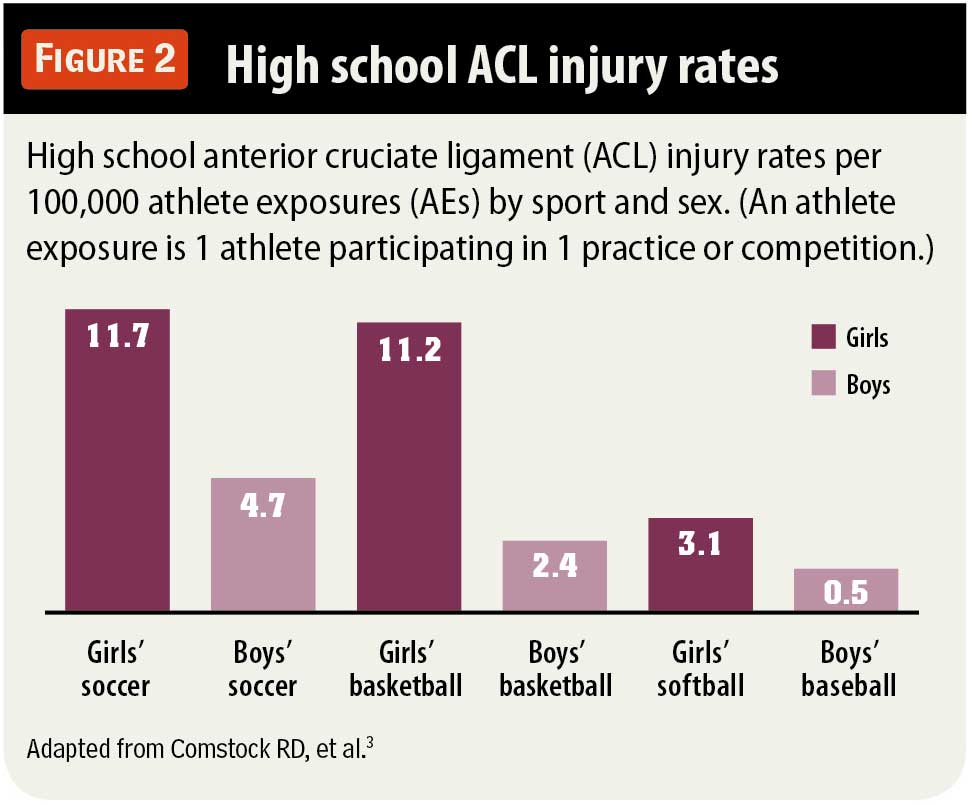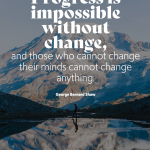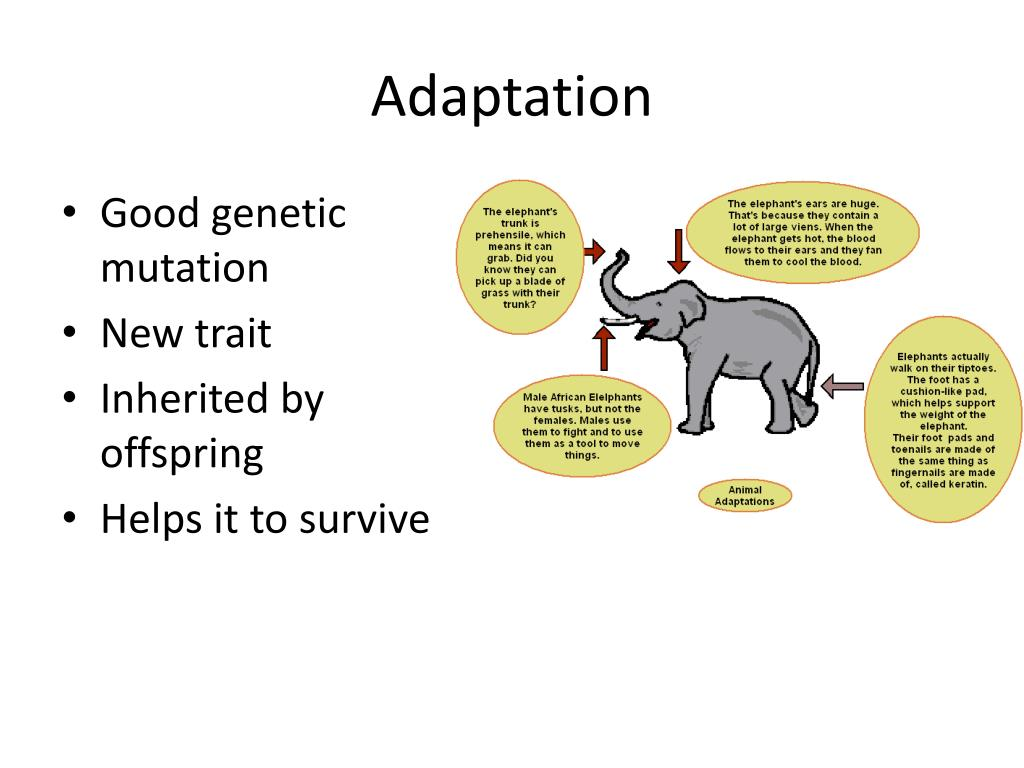ACL injury rates among women athletes have garnered significant attention in recent years, prompting researchers to investigate the underlying causes of these disparities. Many studies suggest that women experience anterior cruciate ligament (ACL) injuries at a rate 1.7 times higher than their male counterparts, raising critical questions about the factors at play. Examining gender differences in ACL injuries reveals not only biological predispositions but also social and environmental influences that can exacerbate these issues. Understanding why ACL injuries are higher in women requires a nuanced approach that goes beyond simple metrics, delving into aspects like athlete-exposure and the allocation of resources in sports. By focusing on ACL injury prevention for female athletes, we can better address the needs and vulnerabilities unique to this group, ultimately fostering healthier and safer sports environments.
The prevalence of knee injuries, specifically ACL tears, within female athletic populations has become a focal point for researchers and sports professionals alike. This phenomenon necessitates a deeper exploration of the factors contributing to the higher incidence rates, as well as effective strategies for injury prevention. Factors such as anatomical differences, hormonal variations, and differences in training environments play crucial roles in influencing sports injury rates among women. To address these disparities, it is vital to examine the interplay between gender dynamics and physical health in sports contexts. By adopting a comprehensive perspective that encompasses both biological and environmental components, we can develop tailored programs aimed at reducing ACL injuries among women participants in various athletic disciplines.
Understanding the High ACL Injury Rates in Women Athletes
Women athletes experience significantly higher rates of ACL injuries compared to their male counterparts, an issue that has been studied extensively in the realm of sports science. One of the primary reasons behind this elevated risk is not solely biological factors, such as hormonal fluctuations or anatomical differences, but rather a complex interplay of social and environmental elements. Research advocates for a more nuanced understanding that incorporates factors like team size and exposure time, suggesting that women athletes are often placed in situations where the risk of injury is exacerbated. This means that a woman on a smaller team may have a higher exposure to potential injury situations in matches, particularly when her participation is not equitably matched to that of her male peers in terms of practice and competitive environments.
Moreover, systematic analyses reveal that men and women train differently due to the sizes of their rosters and the resources available to them. For example, women’s teams may train less frequently compared to men’s teams, leading to decreased readiness for the physical demands of competition. This discrepancy not only heightens their vulnerability to ACL injuries but also emphasizes broader issues of underinvestment in women’s sports, which can influence everything from training facilities to access to specialized coaching. Thus, understanding and addressing the high ACL injury rates in women athletes requires a holistic approach that considers gender differences alongside social determinants.
The Role of Sports Science in ACL Injury Research
Sports science plays a crucial role in understanding ACL injuries among female athletes, yet its current methodologies may not fully capture the complex reality of these injuries. Traditional metrics like “athlete-exposures” have been criticized for being oversimplified and potentially misleading. For instance, many studies fail to consider how team structures and competition frequencies can skew injury rates. By focusing solely on the number of athletes and games without accounting for the specific conditions under which women play, researchers may overlook critical factors that contribute to their higher ACL injury rates. Enhanced methodologies that incorporate individual exposure data and differentiate between training and game time could provide a more accurate picture.
Additionally, the life cycle of injury within women’s sports remains underexplored due to the limited resources directed toward female athletics. There is a pressing need for studies that disaggregate data by gender and prioritize accessible variables, such as time spent in active competition and conditioning resources available. By refining the tools and metrics used in sports science, researchers can better identify interventions necessary to mitigate ACL injuries in women athletes, ultimately leading to better health outcomes and performance in women’s sports.
Exploring Gender Differences in ACL Injuries
The investigation into gender differences regarding ACL injuries reveals a fascinating intersection of biological predispositions and social context. While some studies point to anatomical variations, such as wider pelvis or different ligament structures in women, the reality is that injury risks are heavily linked to the playing conditions and societal factors women face in sports. These insights challenge the narrative that women’s susceptibility to ACL injuries is strictly a biological issue and instead highlight the importance of understanding how social inequities contribute to these outcomes.
Further scrutiny into the cultural and infrastructural aspects of women’s sports, such as participation rates, access to high-quality training facilities, and psychological support, provides a clearer picture of the gendered nature of injury risks. Women’s teams often contend with fewer resources, which can lead to under-training or inadequate preparation for competition, raising their likelihood of injury during pivotal moments in a game. Thus, addressing gender differences in ACL injuries means not only recognizing biological factors but also advocating for equitable investment and support systems in women’s athletics.
The Importance of ACL Injury Prevention Strategies for Female Athletes
Preventing ACL injuries in female athletes requires a multifaceted approach that incorporates targeted training and increased access to resources. Programs focused on strength training, agility, and neuromuscular conditioning have been shown to effectively reduce ACL injury rates. By specifically designing training regimens that cater to the unique anatomical and biomechanical profiles of female athletes, coaches and trainers can enhance overall athletic performance while mitigating injury risk. Additionally, promoting awareness about injury prevention strategies among female athletes is crucial in empowering them to engage fully in their training and competition.
Moreover, effective prevention strategies necessitate collaboration between sports organizations, coaches, and healthcare providers to ensure that women athletes receive the necessary resources for injury prevention. This may include access to physical therapists who can implement tailored training programs or the development of community initiatives that address the disparities in facility availability and funding. Fostering such collaborative environments can dramatically improve ACL injury prevention efforts for female athletes, ultimately leading to healthier, more sustained athletic careers.
The Insights from GenderSci Lab’s Research on ACL Injuries
The research coming from the GenderSci Lab presents groundbreaking insights regarding ACL injuries among female athletes. By challenging traditional metrics and advocating for refined methodologies that address the specific needs and circumstances faced by women in sports, researchers aim to tackle the systemic issues contributing to higher injury rates. This involves a call to review how athlete-exposure metrics are calculated, ensuring they reflect the true engagement levels of female athletes and the unique challenges they encounter. Such reflections can significantly enhance the scientific understanding of ACL injuries and guide effective preventive measures.
Furthermore, the GenderSci Lab’s efforts highlight the need to integrate social science perspectives into sports medicine, proving that the intersections of gender and athletic performance cannot be ignored. This innovative approach can lead to policy shifts in sports organizations that prioritize equity and address disparities in funding, training, and support systems for female athletes. In essence, this research isn’t just an academic inquiry; it’s a vital step toward transforming sports environments into safer, more supportive spaces for all athletes.
Addressing Systemic Inequities in Women’s Sports
The systemic inequities present in women’s sports extend beyond mere statistics; they are deeply entrenched in the cultural fabric of athletics. From funding discrepancies to inadequate media coverage, women athletes are often left at a disadvantage, which contributes significantly to increased injury rates, including ACL tears. By exposing these inequities, it becomes evident that addressing them is not just a matter of fairness but one of public health and athlete safety. Ensuring equitable funding and resource allocation for women’s teams can lead to well-rounded training programs that decrease injury rates across the board.
In addition, advocacy for better facilities and institutional support is crucial for fostering an environment where female athletes can thrive. This includes improving access to physical therapy, specialized training, and coaching geared toward injury prevention. Such structural changes, paired with community awareness initiatives, can dismantle the barriers faced by women in sports, ultimately contributing to a substantial reduction in ACL injury rates and enhancing the overall quality of competitive women’s athletics.
The Societal Impact on ACL Injury Rates Among Female Athletes
The societal factors influencing ACL injury rates among female athletes often manifest in less visible, yet critical, ways. While biological components play a role, the real story lies in how societal expectations, stereotypes, and systemic inequities shape the experiences of women in sports. Many female athletes face pressures related to performance standards that may cause them to underplay injuries or overexert themselves without adequate support systems in place. This societal pressure can lead to increased rates of ACL injuries as athletes push their limits beyond safe thresholds.
Moreover, the perception of female athletes in competitive settings can impact their opportunities for physical training and recovery. If sports culture does not prioritize women’s health and well-being—their training, injury prevention, and rehabilitation— then the risk of injury remains alarmingly high. By addressing these societal impacts and creating a sports culture that values women’s health, the overall trends of ACL injuries among female athletes can be significantly mitigated.
The Future Directions for ACL Injury Research in Women’s Sports
The future of ACL injury research in women’s sports hinges on a commitment to innovative methodologies and comprehensive data collection that accurately reflect women’s unique experiences in athletics. For researchers and practitioners, there is an imperative to develop more nuanced metrics that prioritize the individual athlete’s exposure and condition rather than relying on outdated or overly simplistic measures. This includes examining the impacts of travel schedules, practice frequency, and recovery time—factors that can heavily influence women’s health outcomes in sports.
Additionally, a broader interdisciplinary approach involving collaboration between sports scientists, healthcare providers, and community organizations will be vital to advancing ACL injury prevention efforts for female athletes. By harnessing insights from various fields, including sociology and gender studies, the research can paint a fuller picture of the challenges women face in sports and the ways to navigate them effectively. The trajectory of ACL injury research, when grounded in the realities of women’s sports, can lead to groundbreaking interventions that promote both health and performance.
Frequently Asked Questions
Why are ACL injury rates higher in women athletes compared to men?
ACL injury rates are higher in women athletes due to a combination of factors including anatomical differences, hormonal influences, and social factors. Research indicates that women often play on smaller teams, leading to more exposure time during competition and increased injury risk. Additionally, disparities in training and conditioning opportunities contribute to these higher rates.
What social factors contribute to higher ACL injury rates in female athletes?
Social factors such as under-investment in women’s sports, smaller team sizes, and limited access to specialized physical training and medical resources contribute to higher ACL injury rates in female athletes. The lack of equal support and resources compared to male athletes can lead to a greater likelihood of injuries.
How do gender differences affect ACL injury prevention in female athletes?
Gender differences impact ACL injury prevention strategies in female athletes by necessitating tailored approaches that consider unique anatomical and social factors. Effective prevention programs should include individualized training, better understanding of training frequency, and access to physical therapy to mitigate injury risks specific to women.
Are ACL injuries in women athletes solely due to biological differences?
No, ACL injuries in women athletes are not solely due to biological differences. While anatomical and hormonal factors play a role, research indicates that social aspects, such as differences in training conditions and team dynamics, are critical to understanding the higher rates of ACL injuries among female athletes.
What are some effective strategies for ACL injury prevention for female athletes?
Effective strategies for ACL injury prevention in female athletes include implementing neuromuscular training programs that focus on proper landing techniques, ensuring equal access to coaching and resources, and promoting awareness of injury risks. Tailoring these strategies to address the unique challenges faced by female athletes can significantly reduce ACL injuries.
How does athlete exposure impact the understanding of ACL injury rates in women?
Athlete exposure, which measures participation in games and training, often skews the understanding of ACL injury rates in women because it does not account for the context of competition and practice differences between genders. Accurate analysis must consider individual exposure metrics and the conditions under which injuries occur.
What role does training-to-competition ratio play in ACL injuries among female athletes?
The training-to-competition ratio is vital in understanding ACL injury risks for female athletes as injuries are more likely to occur during games compared to practice. A lower ratio might indicate insufficient conditioning, which increases exposure to injuries during high-intensity competition, thus necessitating tailored training regimens.
What has recent research revealed about gender biases in ACL injury studies?
Recent research highlights that many studies on ACL injury rates embed gender biases by relying on oversimplified athlete exposure metrics. These findings emphasize the need to address social structures and improve methodologies in sports science to more accurately reflect the risks faced by women athletes in regard to ACL injuries.
| Factor | Men | Women |
|---|---|---|
| Roster Size-based Athlete-Exposures (AEs) | 28 | 25 |
| Participant-based AEs | 19 | 17 |
| Player-Hours | 6 | 6 |
| Injury Rate per 100 Roster-based AEs | 3.6 | 4.0 |
| Injury Rate per 100 Participant-based AEs | 5.3 | 5.9 |
| Injury Rate per 100 Player-Hours | 16.7 | 16.7 |
| Injury Risk per Team Member | 0.036 | 0.040 |
| Injury Risk per Participant | 0.053 | 0.059 |
Summary
ACL injury rates in women athletes have been a concern, with researchers revealing that social factors—and not just biological reasons—play a significant role in these disparities. Understanding the impact of structural inequities in sports can help in addressing these high injury rates effectively. Through improved data collection and tailored interventions, we can better assess and reduce the risks that women athletes face, ensuring equal opportunities and protection from injuries.



